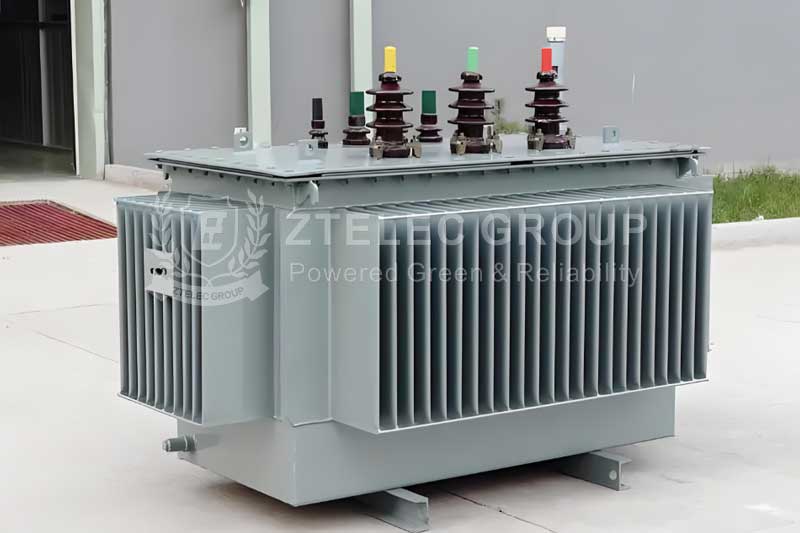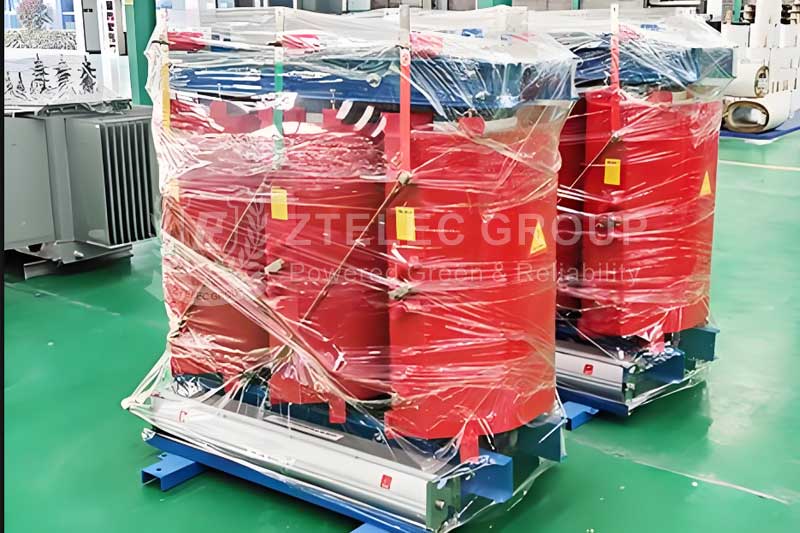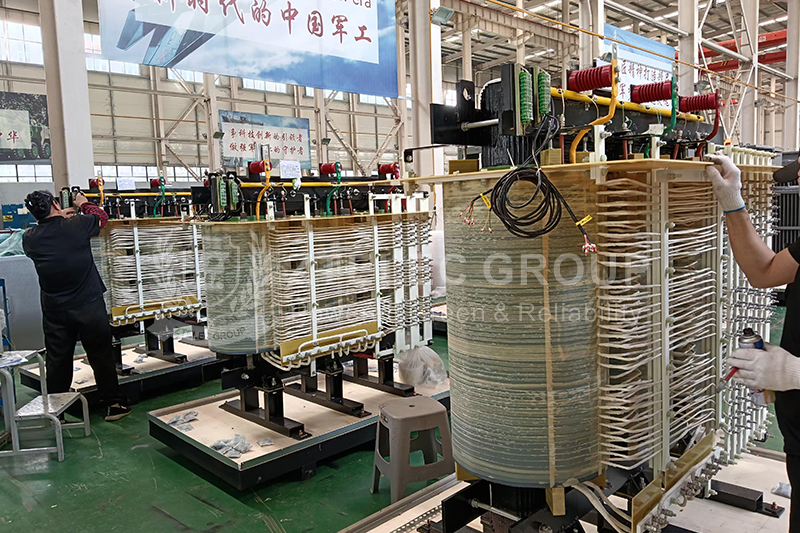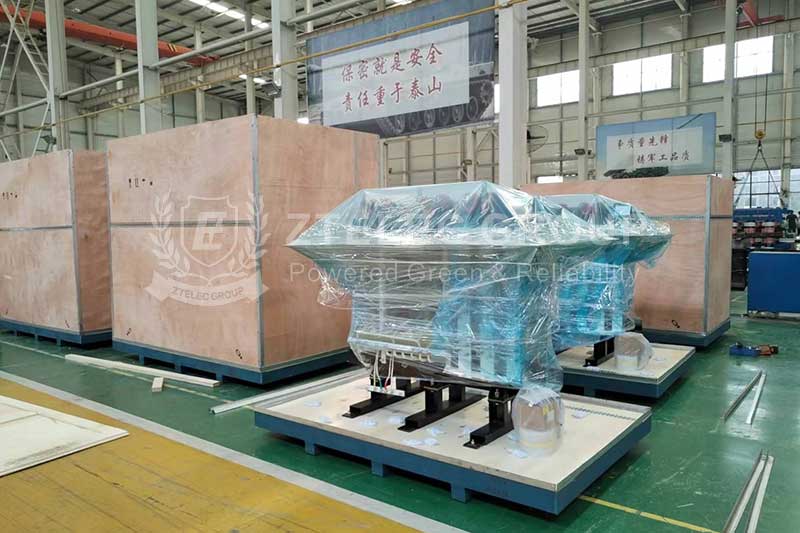Transformer Fault Response Guide: How to Quickly Address Transformer Failures?
As a crucial piece of equipment in the power system, the stable operation of transformers directly impacts the safety and efficiency of the power grid. However, in actual operations, transformers may experience failures for various reasons. In such situations, timely and effective response measures are essential.
Common Types of Transformer Faults
Transformer faults can typically be categorized into the following types:
1. Short-circuit Faults
Short-circuit faults are among the most common types of transformer failures, primarily manifested as damage to windings or insulation materials, leading to a low-resistance connection between coils or between coils and ground. This situation can often cause transformer overload or severe equipment damage.
2. Oil Leakage Faults
The insulating oil inside a transformer may leak after prolonged operation, resulting in oil leakage faults. This kind of fault not only affects the insulation performance of the transformer, but it may also lead to environmental pollution and safety hazards.
3. Overheating Faults
Overheating faults typically occur due to excessive loading, failures in the cooling system, or excessively high external temperatures. High temperatures can lead to the deterioration of the insulation materials, and in severe cases, may result in equipment damage or even failure.

Basic Principles for Fault Handling
When responding to transformer faults, it is crucial to adhere to certain basic principles:
1. Safety First
When a failure occurs, the first priority is to ensure the safety of personnel. Before addressing any electrical faults, power supply should be cut off to ensure the transformer is in a safe state. Additionally, staff should wear appropriate protective gear to prevent injuries from electric shock or other accidents.
2. Detailed Inspection
Conducting a detailed inspection of the fault is key to rapid resolution. Professional instruments should be utilized to monitor the transformer’s operational status, including temperature, oil levels, and the insulation properties of the oil. Visible signs of external damage, such as burning, cracks, or oil leakage, must also be checked.
3. Develop Emergency Plans
In practical operations, it is vital to create corresponding emergency response plans for different types of faults. These plans should include fault diagnosis, repair options, necessary tools and spare parts lists, personnel assignments, and emergency contact methods.

Steps for Rapid Handling of Transformer Faults
Quickly addressing transformer faults requires systematic steps; here is a typical handling process:
1. Fault Identification
Identify the type of fault by monitoring and testing the equipment status. It is important to record the time, conditions, and manifestations of the fault occurrence for subsequent analysis.
2. Immediate Reporting
Promptly report the fault information to relevant management personnel to ensure the entire team remains vigilant and ready to provide necessary support.
3. Power Disconnection
Under the premise of ensuring safety, quickly disconnect the power supply to the transformer to prevent the fault from worsening and causing safety incidents.
4. On-site Assessment
Upon arrival at the site, organize professionals to conduct a comprehensive assessment of the transformer, including visual inspection, temperature measurement, and oil quality testing, and rapidly develop a handling plan based on the assessment results.
5. Repair or Replacement
Based on the fault assessment results, choose the appropriate repair or replacement approach. Minor faults may be repaired, while severely damaged transformers should be considered for replacement. Additionally, ensure that the materials and components used meet relevant standards.
6. Function Verification
Once repairs are completed, perform comprehensive function tests to ensure the transformer returns to normal operating status, including checks on load performance, temperature, and oil quality.
7. Rectification and Documentation
After addressing the fault, record and summarize the fault rectification according to management requirements, providing a reference for future maintenance. Furthermore, conduct an in-depth analysis of the fault causes to avoid similar occurrences in the future.
As a core component of the power system, the stability of transformer operations directly impacts the safety and reliability of the entire power network. Developing a comprehensive and systematic transformer fault response guide not only accelerates fault handling but also improves effectiveness, reducing potential economic losses and safety risks. By understanding fault types, following handling principles, and implementing rapid response steps, the power system can better cope with various emergencies and maintain stable and safe power supply. Only through continuous improvement of technical capabilities and emergency response abilities can we ensure the efficient and safe operation of equipment in the increasingly complex environment of the power industry.
- more+releated article
- 2026-01-04Common Power Transformer Faults: Causes, Solut
- 2025-12-312026 New Year Holiday Notice
- 2025-12-31Operation, Maintenance, and Service Life Manag
- 2025-12-30How to Select a 100 kVA–500 kVA Distribution
- 2025-12-29The Impact of NHN NMN Composite Insulation on
- 2025-12-26Practical Application of GPO-3 Insulation Boar
- 2025-12-2510kV Transformer Replacement Timeline: Install
- 2025-12-25Low Smoke EN45545 GPO3 UPGM203 Laminated Board
- 2025-12-24Merry Christmas — ZTelecgroup Christmas Cele
- 2025-12-24How to Select a Suitable 50kVA–500kVA Distri





